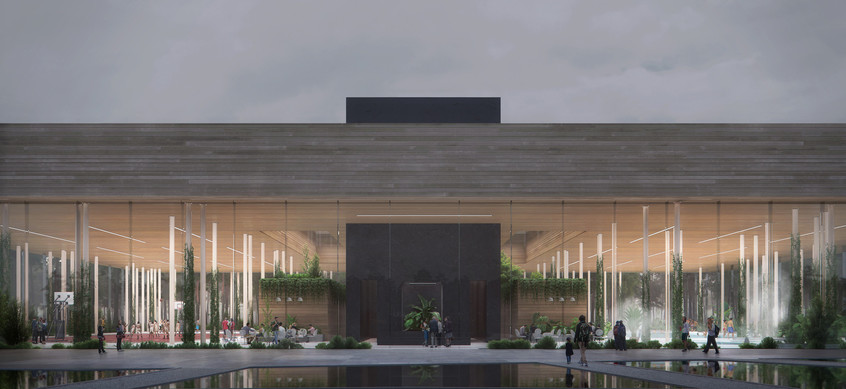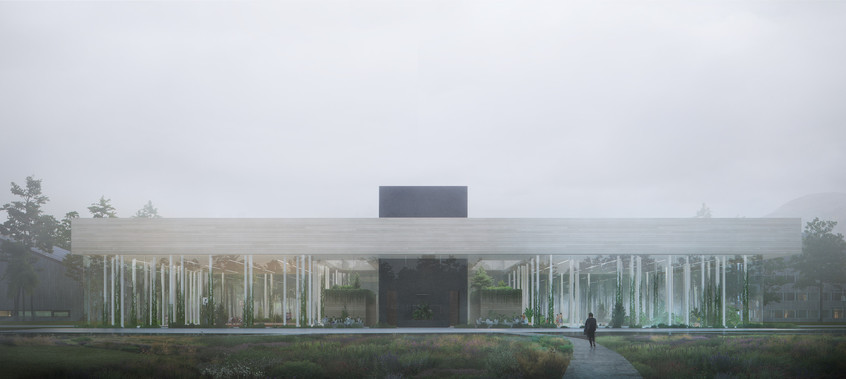Real estate developer MIRIS has selected Asplan Viak, Nokia, Skanska and Snøhetta to design “the Spark,” a concept where energy and heat from a data centre fuels cities.
The project is similar to a plan to use excess heat from data centres in Stockholm, and a data centre in the Arctic Circle that is fully powered by sustainable energy.

Data centres are typically located in remote areas, but The Spark wants to place its facility in the middle of a city, creating an “energy loop”, where excess heat from the data centre provides thermal energy to the city, before it ends up in the centre again, cooling it down – a process that the architect compared to blood travelling through the body.
Snøhetta said the project imagined sustainable data centers that would function as “the body and brain” of future cities.
Currently, data storage creates 2% of the world’s greenhouse gas emissions, a figure that is likely to increase over time. The Spark aims to turn the emissions into “energy-producing resource for communities to generate their own power”.

Snøhetta said: “By powering sports and recreational facilities, the Spark also aims to reintroduce a human touch back into our digitalised and smartphone-driven lives, making the very body and mind of a living and breathing city of the future.”
A pilot study has taken place in Lyseparken in Os, Norway, that will test the Spark’s feasibility on a real site. If successful, Lyseparken may become an energy-positive town, meaning it will produce more than it consumes.
More information about the project is available here.
Images courtesy of MIRIS/Snøhetta










